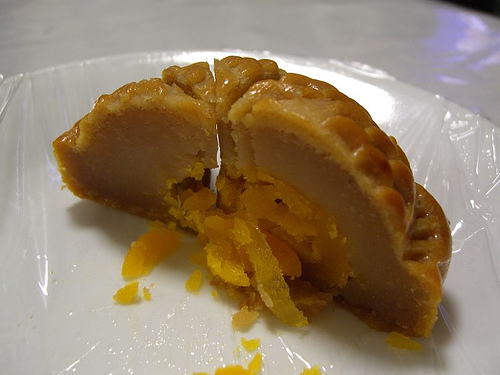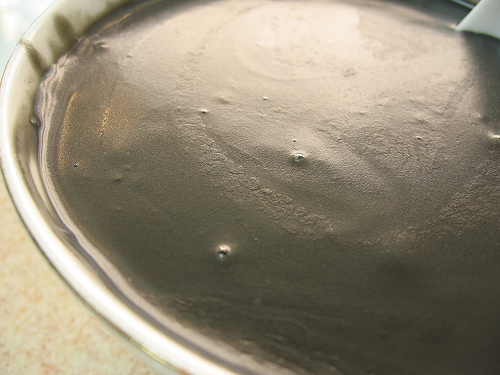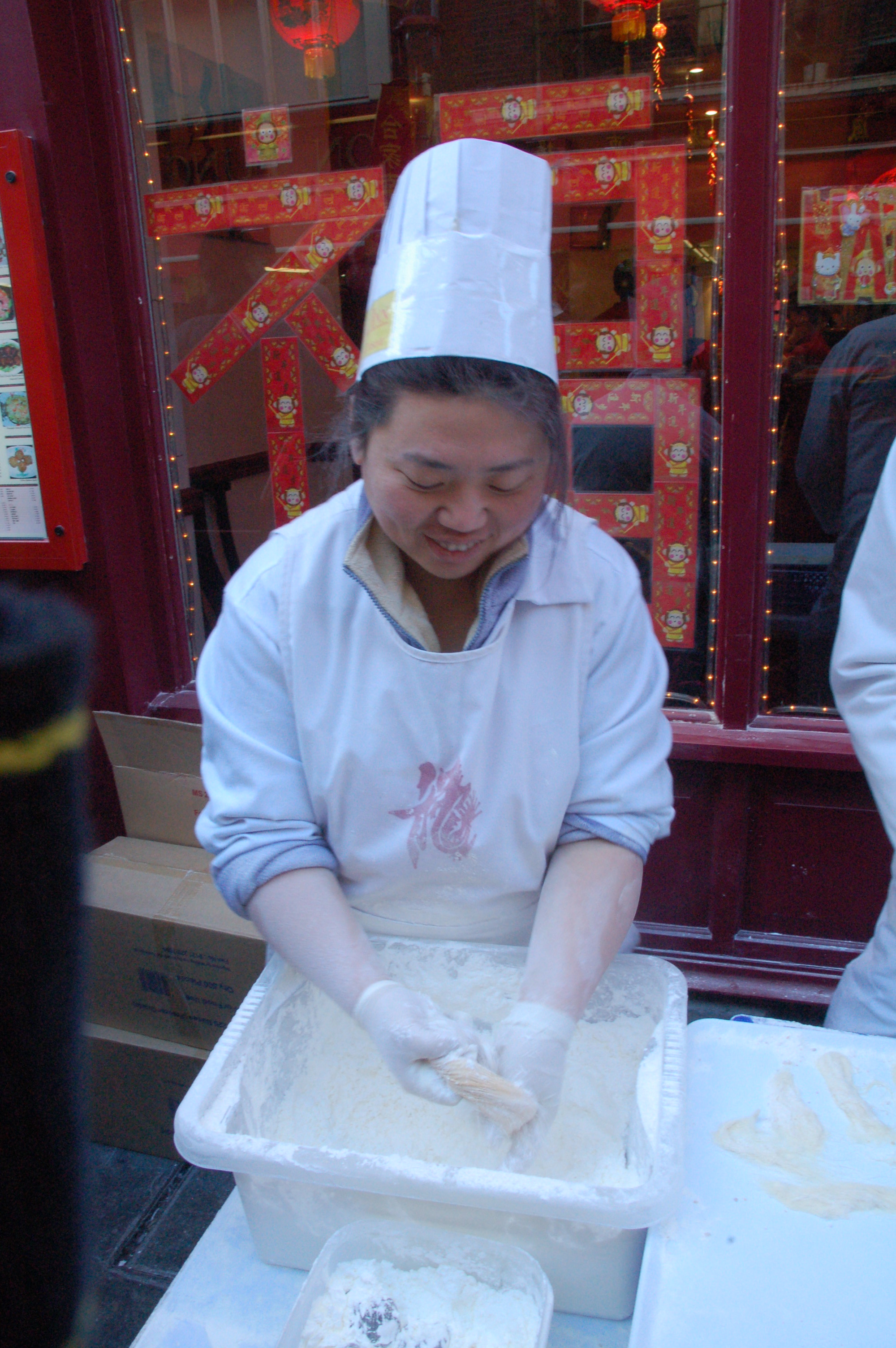|
Chinese Desserts
Chinese desserts () are sweet foods and dishes that are served with tea, along with meals"Chinese Desserts." . Accessed June 2011. |
China
China, officially the People's Republic of China (PRC), is a country in East Asia. With population of China, a population exceeding 1.4 billion, it is the list of countries by population (United Nations), second-most populous country after India, representing 17.4% of the world population. China spans the equivalent of five time zones and Borders of China, borders fourteen countries by land across an area of nearly , making it the list of countries and dependencies by area, third-largest country by land area. The country is divided into 33 Province-level divisions of China, province-level divisions: 22 provinces of China, provinces, 5 autonomous regions of China, autonomous regions, 4 direct-administered municipalities of China, municipalities, and 2 semi-autonomous special administrative regions. Beijing is the country's capital, while Shanghai is List of cities in China by population, its most populous city by urban area and largest financial center. Considered one of six ... [...More Info...] [...Related Items...] OR: [Wikipedia] [Google] [Baidu] |
Moon Cake
A mooncake () is a Chinese bakery product traditionally eaten during the Mid-Autumn Festival (中秋節). The festival is primarily about the harvest while a legend connects it to moon watching, and mooncakes are regarded as a delicacy. Mooncakes are offered between friends or on family gatherings while celebrating the festival. The Mid-Autumn Festival is widely regarded as one of the four most important Chinese festivals. There are numerous varieties of mooncakes consumed within China and outside of China in overseas Chinese communities. The Cantonese mooncake is the most famous variety. A traditional Cantonese mooncake is a round pastry, measuring about in diameter and thick, with a rich, thick filling usually made from lotus seed paste (other typical fillings include red bean paste or mixed nuts) surrounded by a thin, 2–3 mm (approximately 1/8 of an inch) crust and may contain yolks from salted duck eggs. Mooncakes are usually eaten in small wedges, accompan ... [...More Info...] [...Related Items...] OR: [Wikipedia] [Google] [Baidu] |
Tong Sui
''Tong sui'' (; ) or ''tim tong'' is a general term for any sweet soup served as a dessert typically at the end of a meal in Chinese cuisine. ''Tong sui'' originated in the Lingnan region of China, including Guangdong, Guangxi, Hainan, Hong Kong, Macau, and some parts of other provinces in China. Therefore, in the narrow sense, the term tong sui is used to refer to soupy desserts from Lingnan, while occasionally it is also used in the broad sense, referring to any soupy dessert in Chinese-speaking regions. A large variety of tong sui can be found in specialty stores dedicated to these desserts, called tong sui stores. Today, they have gained prominence in other parts of China and overseas. People can find tong sui stores in various parts of Canada, Australia, and the United States, showcasing the global appeal of these treats. History The origin of Tong sui is hard to track, and its development in different regions also varied. One main theory is that the climate in Lin ... [...More Info...] [...Related Items...] OR: [Wikipedia] [Google] [Baidu] |
Red Tortoise Cake
''Ang ku kueh'' (; Teochew Peng'im: ''ang⁵ gu¹ guê²''), also known as red tortoise cake, is a small round or oval-shaped Chinese sweet dumpling with soft, sticky glutinous rice flour skin wrapped around a sweet central filling. It is molded to resemble a tortoise shell and is presented resting on a square piece of banana leaf. As suggested by its name, red tortoise cakes are traditionally red in color and has a sticky, chewy texture when eaten. Red tortoise cakes are shaped like tortoise shells because the Chinese traditionally believed that eating tortoises would bring longevity, good fortune and prosperity. Considered to be auspicious items, these sweet pastries are especially prepared during important festivals such as Chinese New Year as offerings to the Chinese deities. Red tortoise cakes are also prepared for occasions that are culturally important to the Chinese such as a newborn baby's first month or birthdays of the elderly. Eating red tortoise cakes during thes ... [...More Info...] [...Related Items...] OR: [Wikipedia] [Google] [Baidu] |
Tangyuan (food)
Tangyuan are a traditional Chinese cuisine, Chinese dessert made of glutinous rice shaped into balls that are served in a hot broth or syrup. They come in varying sizes, anything between a marble to a ping-pong ball, and are sometimes stuffed with filling. Tangyuan are traditionally eaten during the Lantern Festival, but because the name is a homophone for reunion ( zh, t=團圓, s=团圆, p=tuányuán, first=t) and symbolizes togetherness and completeness, this dish is also served at weddings, family reunions, Chinese New Year, and the Chinese winter solstice festival, Dōngzhì (winter solstice) festival. Description Tangyuan is a versatile dessert with a delicate taste and soft, chewy texture. While it can be served in its simplest form as a plain white ball of glutinous rice, it can also be stuffed with either black sesame or other fillings such as crushed peanuts. They can also be colored, fried, and boiled. Tangyuan is made by wrapping the glutinous rice around the fil ... [...More Info...] [...Related Items...] OR: [Wikipedia] [Google] [Baidu] |
White Sugar Sponge Cake
White sugar sponge cake (also called white sugar cake and white sugar pastry) is a type of Chinese pastry. It is made from rice flour, white sugar, water, and a leavening agent. Although called a "cake", it is not circular. It is usually purchased as an individual square piece or a mini triangle. The cake is white, spongy, and soft. The taste is sweet and sometimes slightly sour due to fermentation of the batter prior to cooking. Like most Chinese cakes it is steamed, which makes it moist, soft, and fluffy. If left exposed to the air, it hardens quickly. It is usually kept under some cover to preserve moistness. It is typically served hot, because when it is cold it is not as soft and moist. The batter is either poured over a bowl in a steamer, a Chinese steamer cloth or aluminum foil. If made from brown rice flour and brown sugar it is called a brown sugar sponge cake. A Vietnamese version of the cake, called '' bánh bò'', differs from the Chinese version in that it ... [...More Info...] [...Related Items...] OR: [Wikipedia] [Google] [Baidu] |
Nian Gao
''Nian gao'' (), sometimes translated as year cake or New Year cake or Chinese New Year's cake, is a food prepared from glutinous rice flour and consumed in Chinese cuisine. It is also simply known as "rice cake". While it can be eaten all year round, traditionally it is most popular during the Chinese New Year. It is considered good luck to eat ''nian gao'' during this time of the year because ''nian gao'' () is a homonym for "higher year" or "grow every year" (), which means "a more prosperous year". The character is literally translated as "year", and the character (''gāo'') is literally translated as "cake" and is identical in sound to the character , meaning "tall" or "high". In Mandarin (though not all Chinese languages), ''Nian gao'' () also is an exact homonym of "sticky cake" (), the character (''nián'') meaning "sticky". This sticky sweet snack was believed to be an offering to the Kitchen God, with the aim that his mouth will be stuck with the sticky cake, so th ... [...More Info...] [...Related Items...] OR: [Wikipedia] [Google] [Baidu] |
Min Nan
Southern Min (), Minnan ( Mandarin pronunciation: ) or Banlam (), is a group of linguistically similar and historically related Chinese languages that form a branch of Min Chinese spoken in Fujian (especially the Minnan region), most of Taiwan (many citizens are descendants of settlers from Fujian), Eastern Guangdong, Hainan, and Southern Zhejiang. Southern Min dialects are also spoken by descendants of emigrants from these areas in diaspora, most notably in Southeast Asia, such as Singapore, Malaysia, the Philippines, Indonesia, Brunei, Southern Thailand, Myanmar, Cambodia, Southern and Central Vietnam, as well as major cities in the United States, including in San Francisco, in Los Angeles and in New York City. Minnan is the most widely-spoken branch of Min, with approximately 34 million native speakers as of 2025. The most widely spoken Southern Min language is Hokkien, which includes Taiwanese. Other varieties of Southern Min have significant differences from Hokkien, ... [...More Info...] [...Related Items...] OR: [Wikipedia] [Google] [Baidu] |
Kueh
''Kuih'' (Jawi script, Jawi: ; Indonesian language, Indonesian: ; derived from the Hokkien language, Hokkien and Teochew language, Teochew ''kueh'' – ) are bite-sized snack or dessert foods commonly found in Southeast Asia, Taiwan, and China. It is a fairly broad term which may include items that would be called cakes, cookies, dumplings, pudding, biscuits, or pastry, pastries in English and are usually made from rice or glutinous rice. In China, where the term originates from, ''kueh'' or () in the Southern Min, Min Nan languages (known as in Mandarin Chinese, Mandarin) refers to snacks which are typically made from rice but can occasionally be made from other grains such as wheat. The term is widely used in Malaysia, Brunei, and Singapore, ''kueh'' is used in Singapore and Indonesia, is used in Indonesia only, all three refer to sweet or savoury desserts. Similar snacks are found throughout Southeast Asia, including the Burmese ''Mont (food), mont'', Filipino ''k ... [...More Info...] [...Related Items...] OR: [Wikipedia] [Google] [Baidu] |
White Rabbit Creamy Candy
White Rabbit Creamy Candy () is a brand of milk candy manufactured by Shanghai Guan Sheng Yuan Food, Ltd. (), in China. It is an iconic cultural brand and has been in production since 1943. White Rabbit candy is part of the childhood memories of many mainlanders and Hong Kongers, and has been featured in many classic Chinese movies and TV series. Ingredients and varieties White Rabbit candies are a milk-based white candy with a soft, chewy texture with a similarity to vanilla caramel, sold as small, cylindrical candies approximately similar to taffy. Each candy is wrapped in a thin edible paper-like wrapping made from sticky rice. They are then wrapped in a printed waxed paper wrapper. The rice wrapping layer is meant to be eaten along with the rest of the candy and can be found in the list of ingredients in the UK as "Edible Glutinous Rice Paper (edible starch, water, Glycerin Monostearate)" along with liquid maltose, white granulated sugar, whole milk powder, butter, foo ... [...More Info...] [...Related Items...] OR: [Wikipedia] [Google] [Baidu] |
Dragon's Beard Candy
Dragon's beard candy ( zh, t=龍鬚糖, s=龙须糖, p=lóng xū táng, first=t) or Chinese cotton candy or Longxusu ( zh, t=龍鬚酥, s=龙须酥, p=lóng xū sū) is a handmade traditional Chinese confectionary similar to floss halva or Western cotton candy. Dragon's beard candy was initially created in China, but was soon popularized in other parts of East Asia and South East Asia. It became a regional delicacy in South Korea in the 1990s, Singapore in the 1980s, then in Canada and the United States. It has a low sugar content (19%) and low saturated fat content (2%). By comparison, cotton candy is fat free with a very high sugar content (94%). Dragon's beard candy has a very short shelf life. It is highly sensitive to moisture and tends to melt in warm temperatures. History According to legend, dragon's beard candy was invented during the Chinese Han dynastyNg Yan Yan. URL accessed on April 14, 2009. by an imperial court chef who entertained the emperor one day by performin ... [...More Info...] [...Related Items...] OR: [Wikipedia] [Google] [Baidu] |






